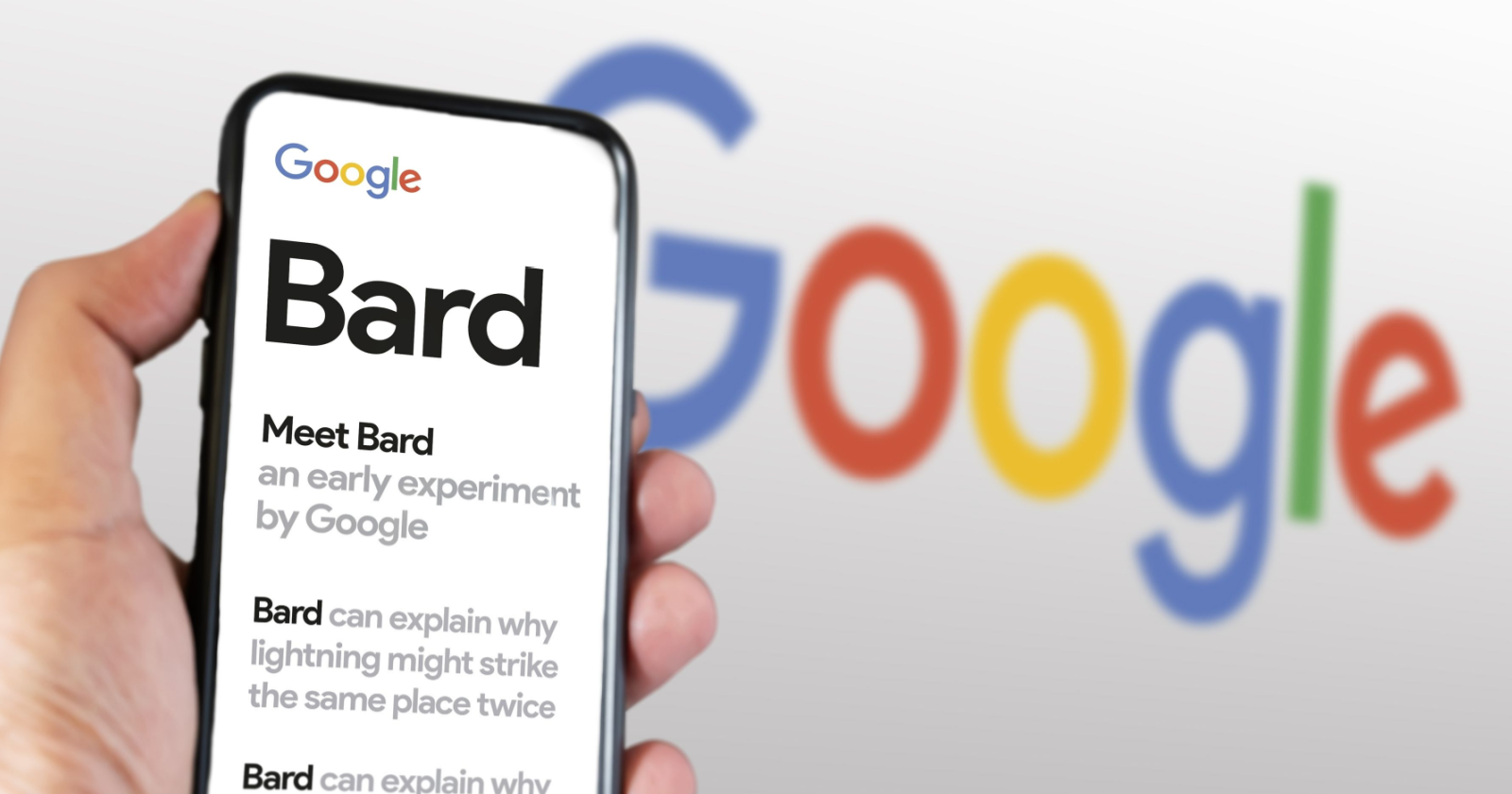- The SEOs Diners Club
- Posts
- The SEOs Diners Club - Issue #58 - Weekly SEO Tips & News
The SEOs Diners Club - Issue #58 - Weekly SEO Tips & News
Here are the weekly SEO insights for the SEOs Diners Club members.

You may also join our free SEO Diners Club network to ask questions and share your thoughts.
Video SEO: How to Optimize Embedded Videos for Search?
Using these techniques, you can optimize your videos and increase their visibility significantly.
Video SEO is optimizing your videos to improve their visibility and rankings on search engines like Google and YouTube. It is a powerful tool for driving traffic and engagement.
To start with video SEO, you must choose the right keywords for your content and use them strategically in your video titles, descriptions, and tags.
Optimizing your video content for mobile devices is essential as more and more people are consuming video content on their smartphones and tablets.
To improve the performance of your videos on YouTube, you should focus on building a solid subscriber base, creating engaging content that encourages likes and comments, and leveraging YouTube's built-in analytics tools to track your performance over time.
In addition to YouTube, you can also use video SEO to increase the visibility of your videos on other platforms such as Vimeo, Dailymotion, and Facebook.
When creating video content for SEO, keeping your target audience in mind and creating informative and entertaining content is vital.
You can also use video SEO to drive traffic to your website by embedding your videos and optimizing them for search engines.
Other tactics to improve the SEO of your videos include captioning your content, creating video sitemaps to help search engines crawl your content more efficiently, and using schema markup to provide additional context and metadata about your videos.
Tracking your results and adjusting your strategy based on your videos' performance is essential to get the most out of your video SEO efforts.
While video SEO can be complex and time-consuming, it can significantly increase traffic, engagement, and brand awareness.
The guide article published on Vimeo.com, which you can find a link to below, will provide you with an excellent roadmap for Video SEO.
Google Completes March 2023 Core Algorithm Update
Google completed the March 2023 core algorithm update on March 28.
During the March 2023 core algorithm update, we saw significant fluctuations on March 16 and March 23/24. This was a significant algorithm update that caused significant ups and downs in rankings.
Recently, Google created a page listing the status of such updates. You can see that the update has ended via the link below.
If you are experiencing a significant ranking loss after the update, you may need to read the Google article I've linked below and make improvements to your site accordingly:
Producing Content Compatible with Google Algorithms with Artificial Intelligence [Video]
The video of my online presentation at DigitalZone, organized by ZEO, has been released.
The video of this event I attended a few weeks ago has been published. I wanted to share it with those who missed it. In the video, you can find my practical application suggestions on producing content with artificial intelligence by Google algorithms. I want to thank the ZEO agency again for inviting me to this beautiful event.
Microsoft May Share Bing Chat Ad Revenue with Publishers
Microsoft Bing is working on creating a revenue-sharing model from chat-based search results to publishers.
Microsoft is exploring scenarios to share the advertising revenue it generates through Bing Chat responses with the publishers from which it acquires this content. Microsoft's Yusuf Mehdi explained: "Exploring embedding ads in the chat experience to share ad revenue with partners whose content contributed to the chat response."
If this happens, you can monetize the referencing of your content in Bing Chat search results. Google has announced that they will rarely link to references in Bard search results. I hope they take Bing as an example and return from this mistake.
Google Search Console Training: Analyzing Traffic Drops
Google's Daniel Waisberg explains how to identify and analyze traffic drops using the Search Console Performance report and Google Trends.
Google shares tips on how to identify and analyze traffic drops.
Causes of traffic drops include technical issues, manual actions, algorithm updates, search relevance disruption, seasonality, and reporting errors.
Analyzing traffic patterns and industry trends can help digital marketers make informed decisions and protect the performance of their websites.
Google Search Console Core Web Vitals Report Update
Google updated the Core Web Vitals report in Google Search Console on March 27, 2023.
Google announced that this update may have caused a change in the number of URLs in your Core Web Vitals report.
Google states: "You may see a change in the number of URLs in your Core Web Vitals report. This is because more URLs are being reported due to a new set of sources, including data on URLs previously below the data threshold."
You may see a small marker in the report notifying you of this update, like the one below:

Core Web Vitals Report Update - Search Console
I don't think Core Web Vitals is vital for SEO, so I prefer not to get hung up on these reports for SEO or ranking reasons.
Google Improves Bard's Math and Logic Skills
Google announced an update to the Bard chatbot, improving its math and logic capabilities with PaLM integration.
Google has improved Bard's algorithm's understanding of complex queries with a new math solver feature that uses advanced natural language processing, logic, and machine learning techniques.
Bard can solve various math problems, including geometry and calculus, and provide easy step-by-step solutions for users.
This update has the potential to significantly improve search results for queries involving mathematical concepts, such as academic research, scientific inquiry, and professional work.
The development of Bard is part of Google's ongoing efforts to improve its search capabilities and provide users with more accurate, relevant, and valuable information.
Google Reveals How It Catches Fake Google Profile Comments
Google has released a report on how it catches fake business reviews and profile accounts.
Google announced new measures to combat fake business reviews on Google Maps, which can mislead consumers and harm legitimate businesses.
These measures include improved machine learning algorithms to detect suspicious reviews, more substantial penalties for businesses that violate Google's review policies, and a faster review process for business owners who flag inappropriate content.
Google has also updated its policies to prohibit reviews that contain advertising or promotional content, conflict of interest, or other forms of bias.
While these measures do not eliminate all instances of fake reviews, they represent an essential step towards improving the integrity and reliability of Google Maps as a resource for consumers and businesses.
Bing Tests "Official Site" Tag
Microsoft Bing is testing adding an "official site" tag to search results.
When you search for a specific site, you may see Bing add the words "Official Site" to the title of the search result snippet. This was noticed by Shameem Adhikarath and shared on Twitter.
Below, you can see that Bing adds the phrase "Official Site" next to the site title in the search result for "Seroundtable." Presumably, this test is only available in English search results.

Bing - “Official Site” Title Tag
Book Of The Week: “Hook Point: How to Stand Out in a 3-Second World” - Brendan Kane
Brendan Kane presents the most effective strategies for succeeding in our micro-attention world and creating a compelling online and offline brand.
Brands and individuals have trouble attracting an audience for a long, even when they are clear about what they are doing and why. Some don't succeed despite great products because they fail to communicate what they do. This is because social media has reduced our world to micro-attention.
More than 60 billion messages are shared on digital platforms every day. A person is exposed to 10,000 to 14,000 advertisements a day. In the face of this bombardment, we must change how we communicate and market. Research shows that grabbing a person's attention takes less than 3 seconds. If we want to increase brand awareness and growth in such a short time, we need to engage audiences quickly.
Brendan Kane is a strategist who has worked with Fortune 500 companies like Paramount, Viacom, and MTV, as well as building platforms for celebrities like Taylor Swift and Rihanna. He is the author of "Throwing the Hook: How to Stand Out in a 3-Second World"; he has become one of the names who have mastered the art of standing out. For anyone who wants to promote a product, service, or brand, this is the essential guide to success in our 3-second world.
I hope you enjoyed my weekly SEO insights. Hope to see you the following Monday in the new episode. I wish you all a great week.
Best,
Mert Erkal
How Can I Help You?






